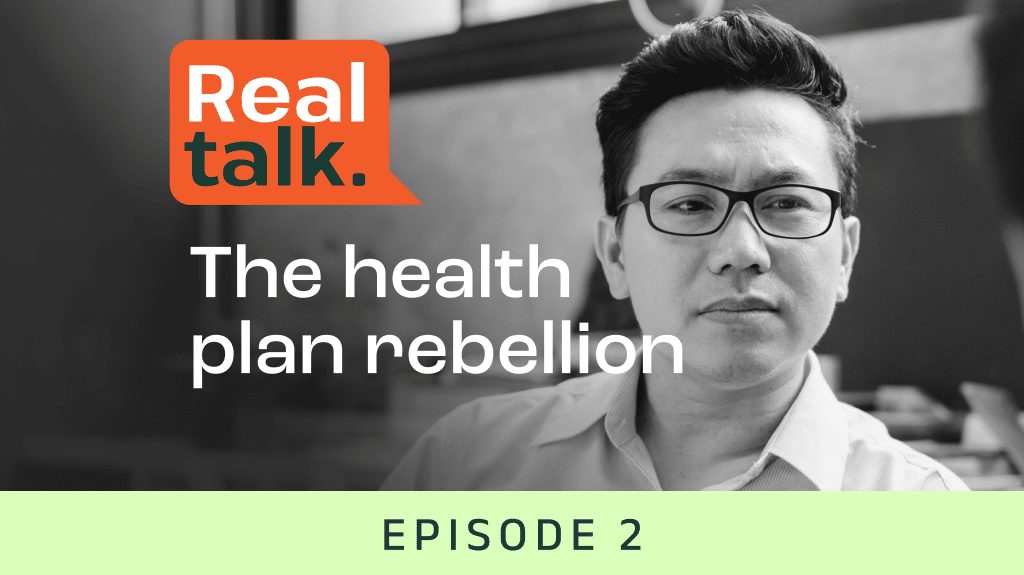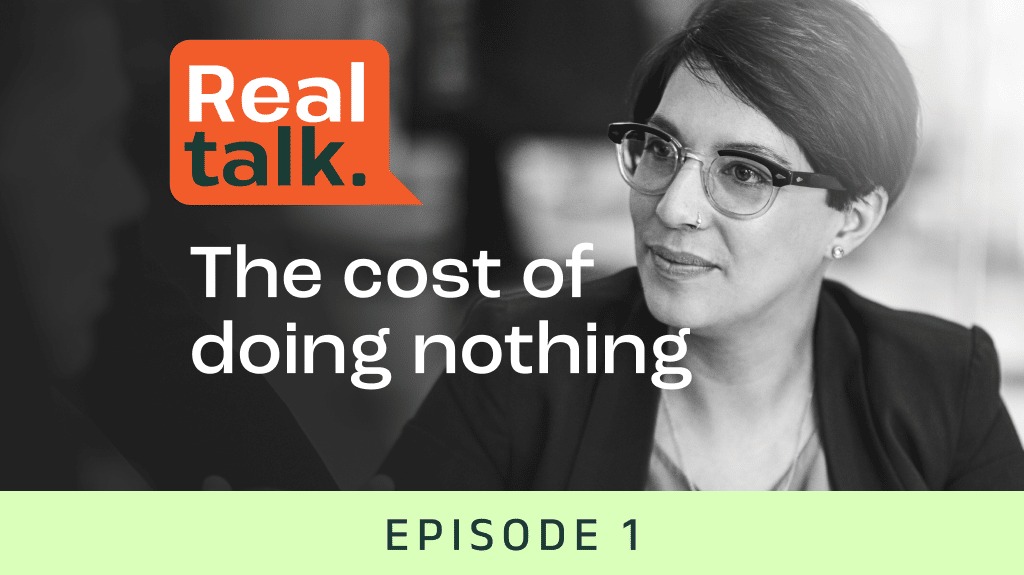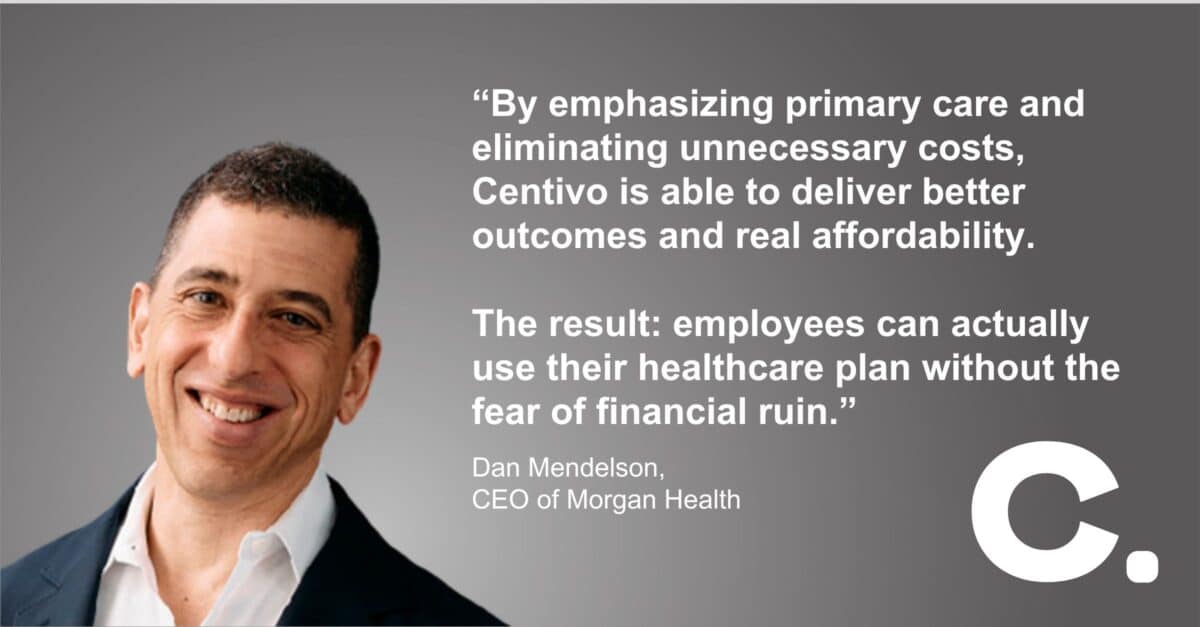In 2025, healthcare costs for small to mid-sized employers are expected to increase by 9%, making this the third year in a row healthcare costs have risen for employers. It’s the same frustrating cycle: rising costs, limited transparency, and no real way to push back. The system is designed to keep employers locked in and the myths surrounding fully insured plans aren’t just misconceptions, they’re barriers to better care and lower costs. It’s time to dismantle them.
Myth #1: Fully insured plans provide cost stability
The reality? Employers see rate hikes every year, even when their claims are lower than expected. Some carriers keep the savings while employers continue paying more. Predictability shouldn’t mean accepting increases with no explanation.
Myth #2: Employers have the data they need to manage costs
Carriers control the data, making it nearly impossible for employers to understand what’s driving expenses. Without full visibility, businesses are left guessing – and forced to accept renewal increases without leverage to push back.
Myth #3: Fees and programs in fully insured plans benefit employers
From pharmacy rebates to network savings programs, these built-in fees may sound like added value, but they primarily drive carrier profits. Employers often pay for “savings” that don’t actually reduce their costs.
Myth #4: Fully insured plans work in employers’ best interest
The truth? Fully insured plans are structured to grow carrier margins, not reduce employer costs. Even in good claims years, savings rarely flow back to the businesses paying the bills.
The reality: why self-funding works
Self-funding eliminates the inefficiencies of fully insured plans, putting control back in the hands of employers.
- Financial stability – Employers pay only for the care their employees use. Stop-loss protection helps manage risk without overpaying for worst-case scenarios.
- Full transparency – Real-time access to claims data enables smarter decision-making and better cost control.
- Flexibility in plan design – Self-funding allows for tailored benefits that meet workforce needs rather than relying on a one-size-fits-all approach.
- Savings stay with employers – Unlike fully insured plans, when claims are lower than expected, employers keep the savings – not the carrier.
It’s time to take control
Fully insured plans aren’t built to help employers, they’re built to protect carrier profits. But there’s a way forward. Here’s how employers can break free of the fully insured health plan trap.
- Assess your current plan – Identify hidden costs and inefficiencies that may be inflating expenses.
- Use data to optimize performance – Access to claims data allows employers to control costs proactively instead of reacting to annual rate hikes.
- Make the shift to self-funding – Gain the transparency and flexibility needed to take back control of healthcare spending.
Self-funding offers a clear, sustainable alternative, and Centivo makes the transition simple. We provide the roadmap, tools, and support to help employers take charge of their healthcare strategy once and for all. With flexible options like Centivo Care, we empower patients – and employers – with direct control over their healthcare journeys.
Stop accepting the cycle of rising costs and hidden fees. It’s time to take control.
Click here to take a closer look at what Centivo can do for your business.


